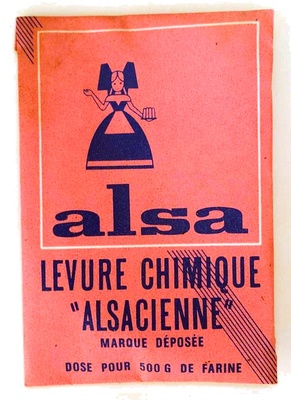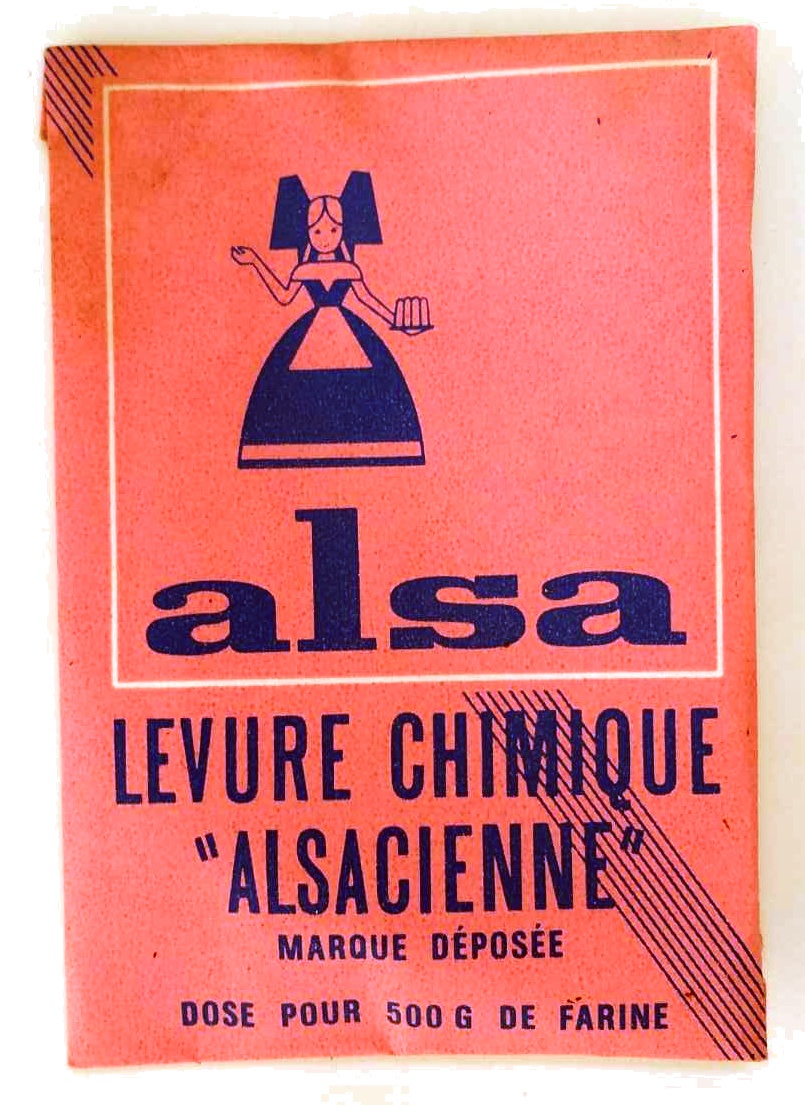Levure Chimique "Alsacienne" - Alsa - 11 g
This product page is not complete. You can help to complete it by editing it and adding more data from the photos we have, or by taking more photos using the app for Android or iPhone/iPad. Thank you!
×
Barcode: 3251360010001 (EAN / EAN-13)
Quantity: 11 g
Brands: Alsa
Categories: Specific products, Food additives, Baking powder or raising agent, Products sold before year 2000, Products sold in the 1980s
Manufacturing or processing places: France
Traceability code: EMB 67108 - Duppigheim (Bas-Rhin, France)
Countries where sold: France






